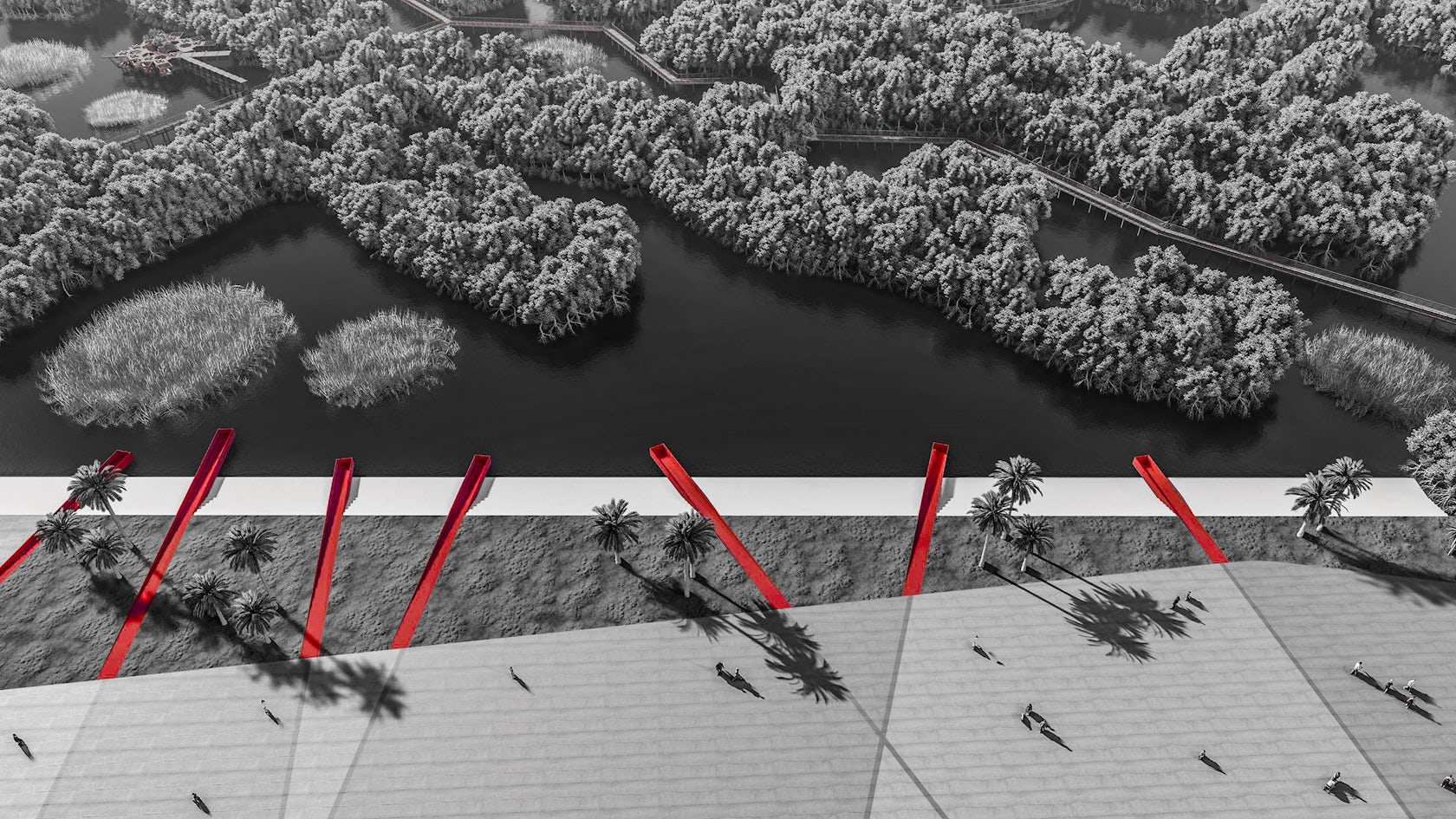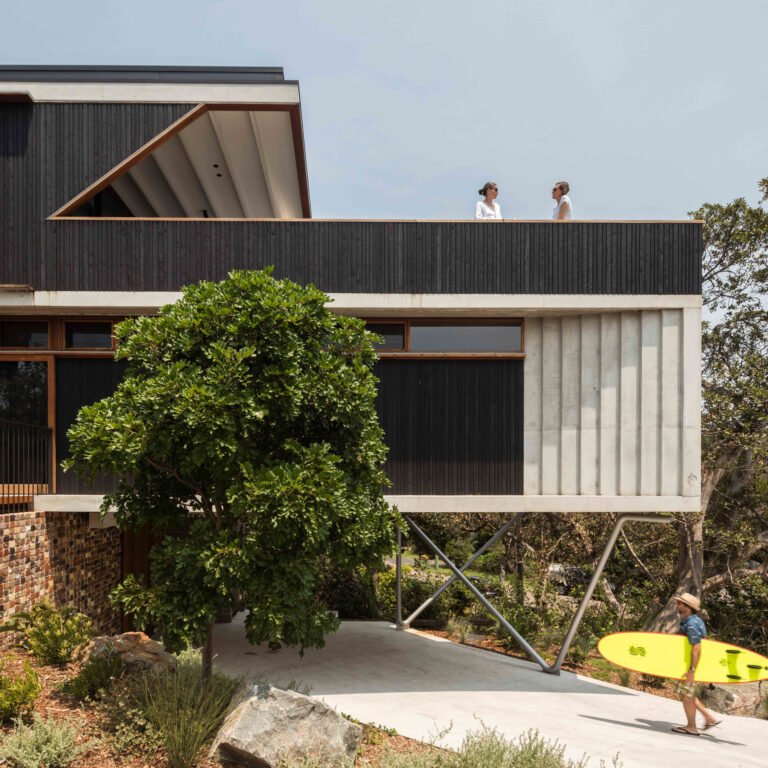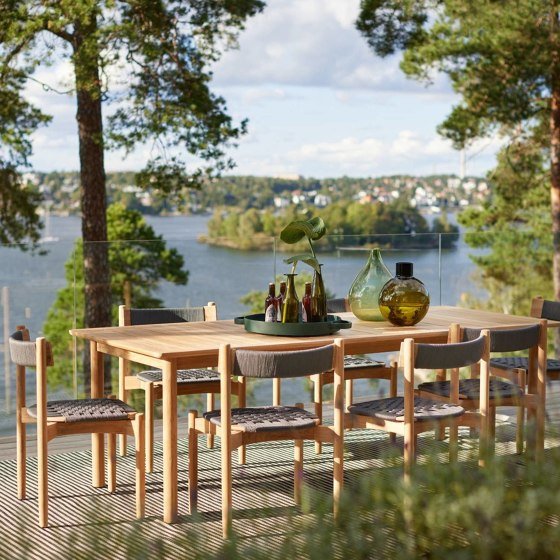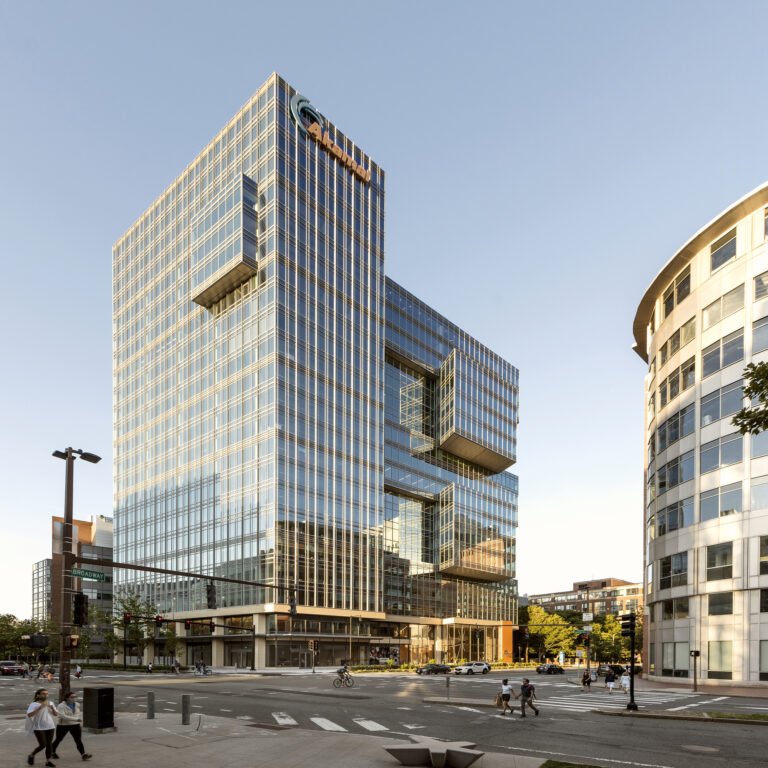INFINITIVE ARCHITECTURE Proposes Landscape Solution PHU HAI MANGROVE ECOLOGICAL PARK
PHU HAI MANGROVE ECOLOGICAL PARK – Our project mission was to propose a convincible architectural – landscaping solution to a precious mangrove area that was previously approved to be completely wiped out and replaced by residential and commercial projects. Being polluted with garbage on standing water, the site finally stands a chance to thrive, with eco-friendly amenities that entitle the existence of human beings spending time to explore, enjoy, feel, and would love to protect this unique place as much as it is worth. By simply circulating the water stream randomly on the banks, we turn the grid-patterned landscape into an exciting maze structure that can sustainably improve itself.
Architizer chatted with Nguyen Quang Hien – Principal Architect at INFINITIVE ARCHITECTURE to learn more about this project.
Architizer: What inspired the initial concept for your design?
Nguyen Quang Hien: The idea of the Provincial Party Committee Secretary to consider preserving the place has moved us in the first place. And the existing grid-patterned topography talks us out of choosing organic lines when studying a structure for the park.

© INFINITIVE ARCHITECTURE

© INFINITIVE ARCHITECTURE
What do you believe is the most unique or ‘standout’ component of the project?
Our solution is surprisingly simple as we inherit the boring topographic character, which was supposed to be a landscape weakness, to deliver an exciting maze world from natural materials: water and trees. The architectural elements are merely there to wake the place up and put it in dialog with the urban and human, playing the role of an urban public amenity. No road or building in the park invades the existing trees, even for the big viewing tower occupies a tiny footprint.

© INFINITIVE ARCHITECTURE
What was the greatest design challenge you faced during the project, and how did you navigate it?
As a common expectation of a park, the owner would think of an organic masterplan with curves and an outstanding new appearance. However, we have tried to prove that the critical part of the mission was preservation and resuscitation. And that the diversity can be explored within the existing, with a bit of help from the architect.

© INFINITIVE ARCHITECTURE
How did the context of your project — environmental, social or cultural — influence your design?
Located right in the city’s heart, the mangrove park transit the downtown to the future municipal center in the north. The place stands unique as an oasis. On top of that, the local people need a place to spend their leisure time in a qualified park within bicycle distance. With the project context and solution, we hope it could positively influence urbanization treatments that involve similar abandoned aquaculture lands in countries like Vietnam.
What drove the selection of materials used in the project?
The context, the function and sustainability.

© INFINITIVE ARCHITECTURE

© INFINITIVE ARCHITECTURE
What is your favorite detail in the project and why?
The viewing tower is a focal point of the park, elevating the view platform to promote aerial viewpoints. This tower functions as a three-winged open theatre. The structure makes people walk in an infinite loop throughout the inner and outer surfaces. The large volume of the tower on a tiny footprint demonstrates the concept of symbiosis, balance, and harmony.

© INFINITIVE ARCHITECTURE

© INFINITIVE ARCHITECTURE
How important was sustainability as a design criteria as you worked on this project?
It is critical. First, it is about rescuing a polluted, abandoned urban area. Secondly, it facilitates a potential and essential public amenity and provides direct access to public green space, one of UIA’s global sustainable goals.

© INFINITIVE ARCHITECTURE
In what ways did you collaborate with others, and how did that add value to the project?
We had great support from the local authority, which fortunately helps the project feasible. The project was indeed a work of collectivity.

© INFINITIVE ARCHITECTURE
Were any parts of the project dramatically altered from conception to construction, and if so, why?
The project status is unbuilt for now.
What key lesson did you learn in the process of conceiving the project?
To seek the nature of the existing condition and understand the context is more important than thinking of what to put into the scene.

© INFINITIVE ARCHITECTURE
How do you believe this project represents you or your firm as a whole?
We are making our way towards sustainable designs. And this project performs a small contribution to the community as we have always wished to accomplish.

© INFINITIVE ARCHITECTURE
How do you imagine this project influencing your work in the future?
We do not think that we could ever come across many projects like this in the future. But it does motivate us a lot when working on public projects, which are not always fancy in our country.

© INFINITIVE ARCHITECTURE

© INFINITIVE ARCHITECTURE
Credits / Team Members
Infinitive Architecture team, Planning and Architecture team from Construction Department of Binh Thuan province, Mr. Duong Van An – Provincial Party Committee Secretary of Binh Thuan.
For more on PHU HAI MANGROVE ECOLOGICAL PARK, please visit the in-depth project page on Architizer.
PHU HAI MANGROVE ECOLOGICAL PARK Gallery



